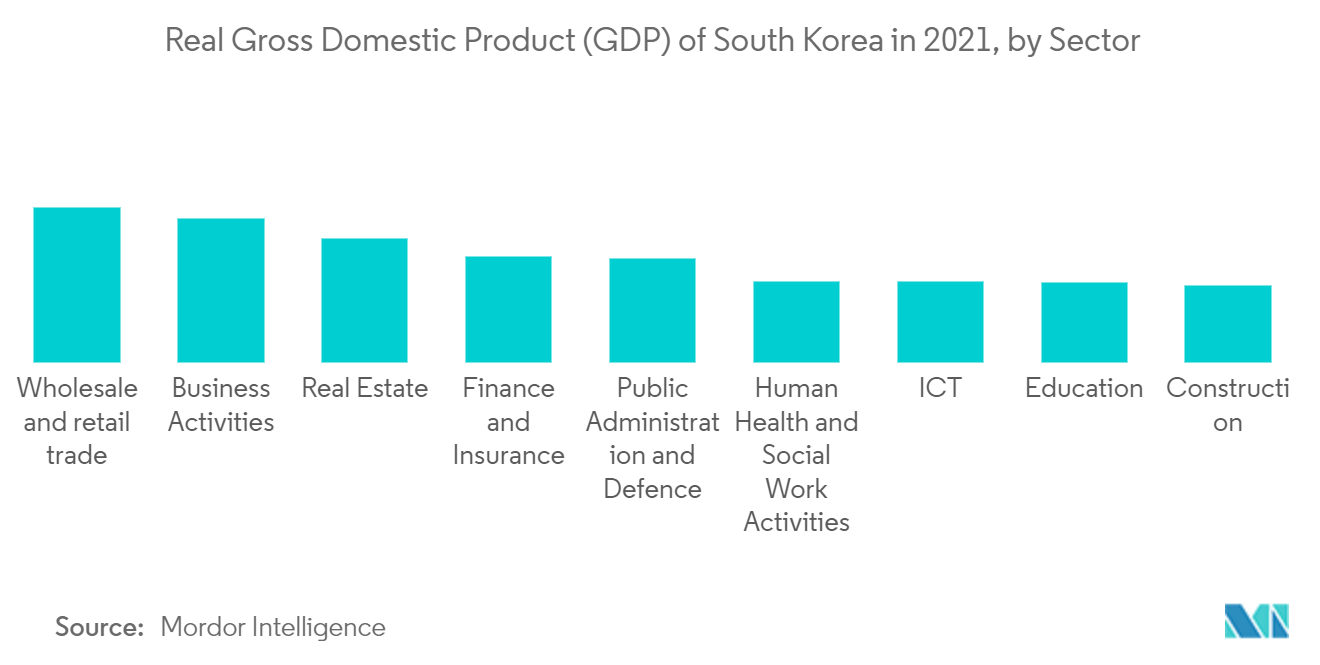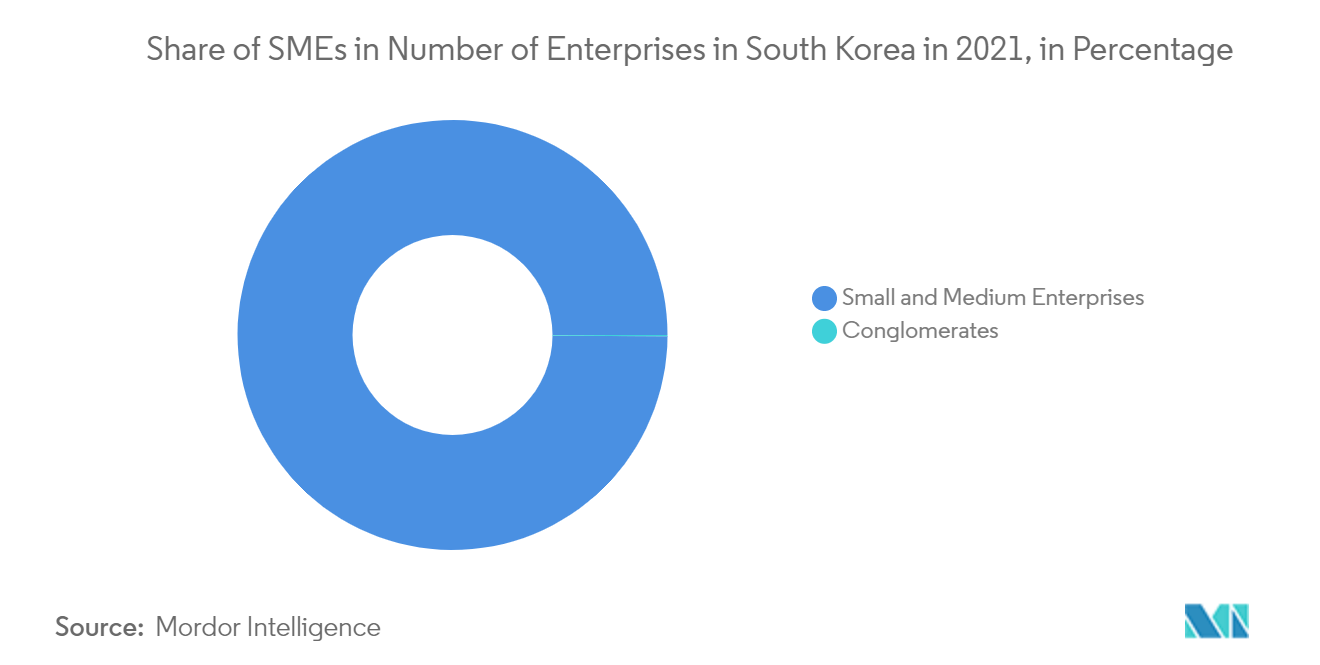Market Trends of South Korea Trade Finance Industry
This section covers the major market trends shaping the South Korea Trade Finance Market according to our research experts:
Increase in Exports Activities Is Booming the Market
About half of South Korea's GDP comes from exports, and 25% of those exports go to China, which is its largest trading partner. The recurrent devaluations of China's currency have started to hurt South Korea, which has been battling with the rise of its currency, the won, versus the Japanese yen in important export markets. According to preliminary data, South Korean car shipments fell sharply by over a third in August. Smartphone exports increased, but rapidly developing Chinese handset manufacturers are now competing with South Korean company Samsung Electronics for market share worldwide.
Chinese holiday shoppers are also being deterred by the weakening yuan, despite the nation's efforts to win them back following a Middle East Respiratory Syndrome.

Increase in SMEs is Driving the Market
The engagement of SMEs in imports and exports can serve as a proxy for the demand for trade finance products. Small and Medium-Sized Enterprises (SMEs) play a crucial role in South Korea's economy, which cannot be understated. The core of the Korean economy has always been comprised of SMEs. In Korea, SMEs account for 91% of businesses, 83% of all jobs, and 34% of exports. Considering the domestic presence of MNCs and other large companies, this is a sizable share. Support for this important area of the Korean economy has been continuous. The Ministry of SMEs and Startups was established in 2019, before COVID, to serve as a source of encouragement and support for all SMEs. The government believes that small businesses and start-ups are essential to addressing Korea's high young unemployment rate because they generate more than 80% of all jobs in the nation.
Policies and programs that first served as pandemic reactions to short-term disruption are now anticipated to aid SMEs in adopting digital technology in the long run. In response to the COVID-19 problem, the Korean government moved swiftly, expanding existing programs and adopting several new measures to promote industry adoption of digital tools. The automation of administrative operations, assistance for firms to adopt remote working, and support for digital cross-border sales were among the major programs.


